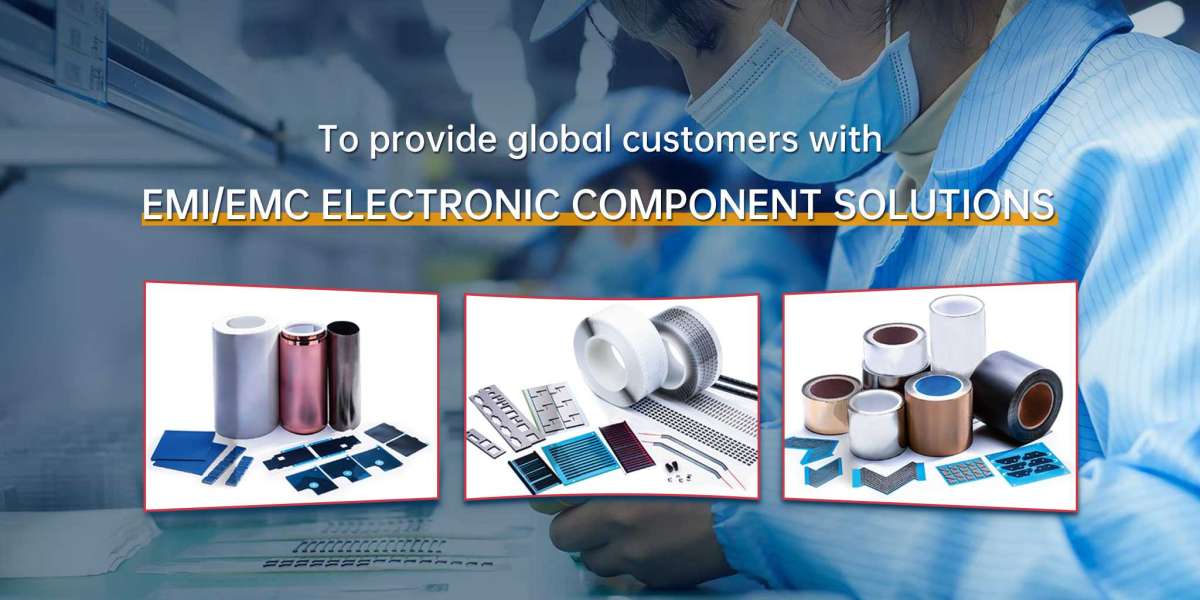
In today’s tech-driven world, electronic devices are becoming more powerful, compact, and sophisticated. However, with greater power comes greater heat generation. Managing heat in electronic systems is crucial for maintaining performance, preventing damage, and extending the lifespan of devices. This is where thermal management materials come into play. These materials are designed to help dissipate heat efficiently, ensuring the smooth operation of electronic devices and preventing potential failures.
Understanding Thermal Management Materials
Thermal management materials (TMM) are substances used to control the flow of heat within an electronic device or system. They are essential for preventing overheating, which can lead to component failure or reduced performance. These materials are used in various forms, such as thermal pads, heat sinks, thermal pastes, phase change materials, and thermally conductive adhesives. Each material has its specific application, depending on the device's requirements and the heat generated by its components.
The Importance of Thermal Management in Electronics
Heat is a natural byproduct of energy consumption, and electronic components like processors, batteries, and power supplies generate heat during operation. If left unchecked, excessive heat can cause components to malfunction, leading to system crashes, slower performance, or permanent damage. Proper thermal management ensures that heat is effectively transferred away from sensitive components, allowing devices to operate efficiently and reliably.
-
Preventing Overheating: One of the main reasons for using thermal management materials is to prevent overheating. Overheated components are more prone to failure, which could lead to costly repairs or replacements. By using thermal materials, devices can maintain an optimal temperature range, preventing heat buildup and ensuring longevity.
-
Improving Performance: Devices that overheat often experience reduced performance. For example, a smartphone might slow down, or a laptop might throttle its processor speed to reduce heat. By keeping the components cool, thermal management materials ensure that devices continue to perform at their best, even under heavy usage.
-
Extending Device Lifespan: Continuous exposure to high temperatures can degrade the performance and lifespan of electronic components. Effective thermal management minimizes the risk of damage, helping devices last longer and reducing the need for repairs or replacements.
-
Energy Efficiency: Overheating can lead to increased energy consumption as devices try to compensate for high temperatures. Proper heat management ensures that devices are operating efficiently, using less power and reducing energy costs in the process.
Types of Thermal Management Materials
There are several types of thermal management materials, each designed to handle specific heat dissipation needs:
-
Thermal Pads: Flexible and easy to apply, thermal pads are commonly used in consumer electronics to transfer heat between components and heat sinks.
-
Thermal Pastes: Applied between processors and heat sinks, thermal pastes fill in microscopic gaps and improve heat transfer efficiency.
-
Heat Sinks: These metal components (usually made of aluminum or copper) are used to dissipate heat by increasing the surface area exposed to air, allowing heat to escape more effectively.
-
Phase Change Materials (PCMs): PCMs absorb heat as they transition from solid to liquid and release heat when they solidify. They are ideal for managing heat in environments with fluctuating temperatures.
-
Thermally Conductive Adhesives: These adhesives bond components together while also conducting heat away from the sensitive areas, ensuring efficient heat dissipation.
Applications of Thermal Management Materials
Thermal management materials are used across many industries to ensure the safe and efficient operation of electronic devices. In consumer electronics, such as smartphones, laptops, and gaming consoles, they prevent overheating and ensure consistent performance. Automotive industries, particularly electric vehicles, also rely on thermal materials to manage the heat generated by batteries and power systems. Aerospace and industrial machinery sectors use these materials to maintain the performance of systems operating under extreme conditions.
In conclusion, thermal management is an essential consideration in the design and operation of modern electronic devices. By using effective thermal management materials, manufacturers can ensure that their products perform reliably, last longer, and operate efficiently. As technology continues to evolve, the need for effective heat dissipation solutions will only grow, making thermal management materials increasingly important in various industries.
